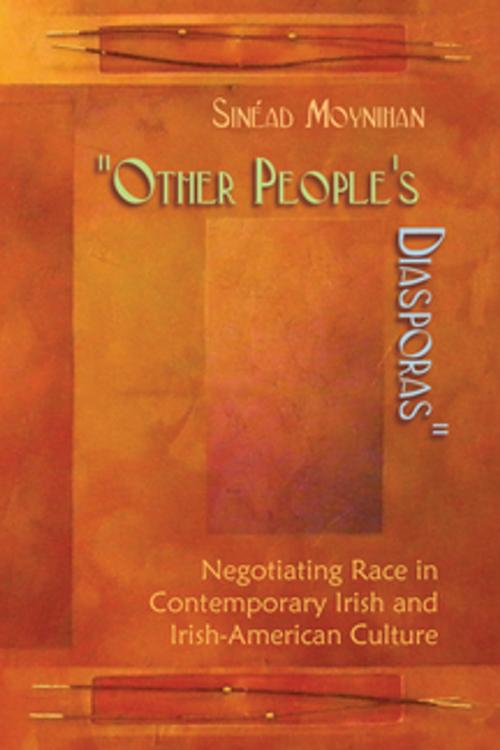Other People's Diasporas
Negotiating Race in Contemporary Irish and Irish-American Culture
Nonfiction, History, Ireland| Author: | Sinead Moynihan | ISBN: | 9780815652120 |
| Publisher: | Syracuse University Press | Publication: | April 4, 2013 |
| Imprint: | Syracuse University Press | Language: | English |
| Author: | Sinead Moynihan |
| ISBN: | 9780815652120 |
| Publisher: | Syracuse University Press |
| Publication: | April 4, 2013 |
| Imprint: | Syracuse University Press |
| Language: | English |
With the economic rise of the "Celtic Tiger" in the 1990s, Irish culture was deeply impacted by a concurrent rise in immigration. A nation tending to see itself as a land of emigrants now saw waves of newcomers. Moynihan takes as her central question a formulation by sociologist Steve Garner: "What happens when other people’s diasporas converge on the homeland of a diasporic people?" Moynihan’s approach to Ireland’s changing demographics is, however, cultural rather than sociological; she delves into fiction, drama, comedy, and cinema since 1998 for its representations of and insights into race relations. She is particularly interested in how contemporary Irish culture looks to history of Irish-American and African-American race relations as a way to understand its own immigrant communities, arguing that "one of the most palpable trends in contemporary Irish culture is the juxtaposition, literal or implied, of narratives of Irish emigration to the U.S. with those of immigration to Ireland." Individual chapters treat of bestselling novelists Joseph O’Connor (brother of singer-songwriter Sinéad O’Connor) and Roddy Doyle, and the comedian Des Bishop. A chapter each is devoted to Irish/Irish American drama and cinema.
With the economic rise of the "Celtic Tiger" in the 1990s, Irish culture was deeply impacted by a concurrent rise in immigration. A nation tending to see itself as a land of emigrants now saw waves of newcomers. Moynihan takes as her central question a formulation by sociologist Steve Garner: "What happens when other people’s diasporas converge on the homeland of a diasporic people?" Moynihan’s approach to Ireland’s changing demographics is, however, cultural rather than sociological; she delves into fiction, drama, comedy, and cinema since 1998 for its representations of and insights into race relations. She is particularly interested in how contemporary Irish culture looks to history of Irish-American and African-American race relations as a way to understand its own immigrant communities, arguing that "one of the most palpable trends in contemporary Irish culture is the juxtaposition, literal or implied, of narratives of Irish emigration to the U.S. with those of immigration to Ireland." Individual chapters treat of bestselling novelists Joseph O’Connor (brother of singer-songwriter Sinéad O’Connor) and Roddy Doyle, and the comedian Des Bishop. A chapter each is devoted to Irish/Irish American drama and cinema.















